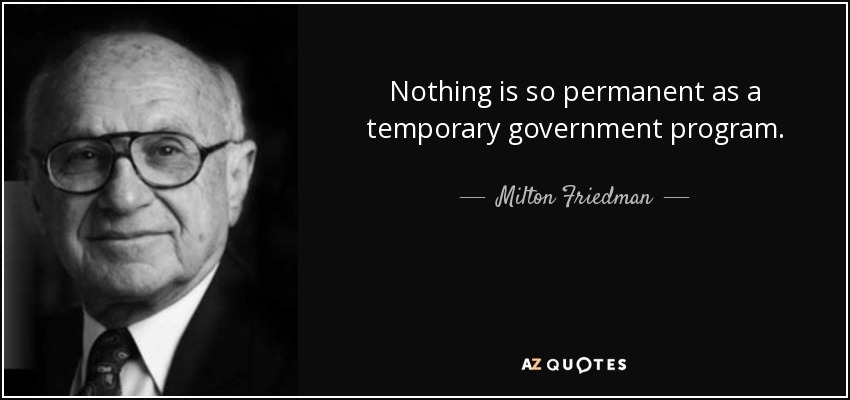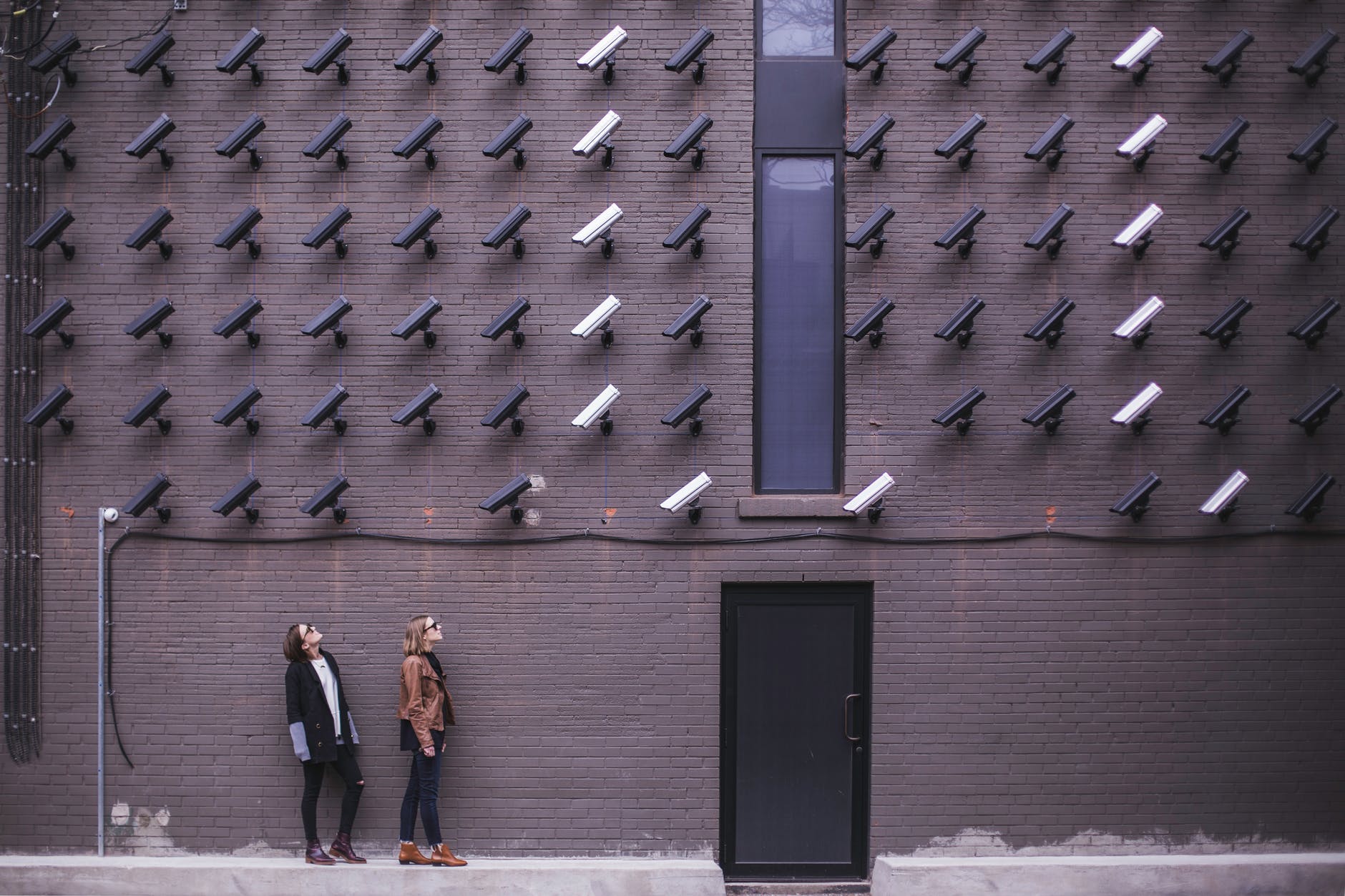Last Updated on 2022-07-08 by Joop Beris
With the Covid-19 pandemic seemingly under control in the developed world, many people are aching for relief of social distancing restrictions. People want to meet each other again, go out and go on vacation. However, the virus isn’t gone so many governments insist on certain measures for the expected return to normal. Societies prepare for the “new normal” of a world with Covid-19. But is this new normal really normal?
Covid-19 is with us for almost 2 years now which for many people meant living with restrictions unheard of since World War 2. Lockdown, curfew, social distancing and mandatory face masks became standard and impacted our lives greatly. It’s not hard to understand that people want this to be over. However, the virus is likely to be with us for a long time yet. While the disease it causes may get less dangerous as people build up immunity, there is always the danger that the virus mutates. That may lead to new, perhaps more dangerous variants of Covid-19.
How normal is the “new normal”?
The “new normal” refers to the state of the world post-pandemic. If the virus will be will be with us for a long time, perhaps decades, we can’t just turn back the clock and pretend nothing happened. That means we have to find a new way of being. This new way of being should include certain measures to keep the virus in check whilst at the same time allowing people the maximum possible extent of liberties. That last part is important to make sure that measures are tolerable.
This is where things get complicated. How do you keep a virus in check if at the same time, you want people to move about as freely as possible and to live their lives in a comfortable way? One possible way to ensure that, is to stimulate vaccination. The more people are vaccinated, the less people become (seriously) ill and the less chance the virus spreads.
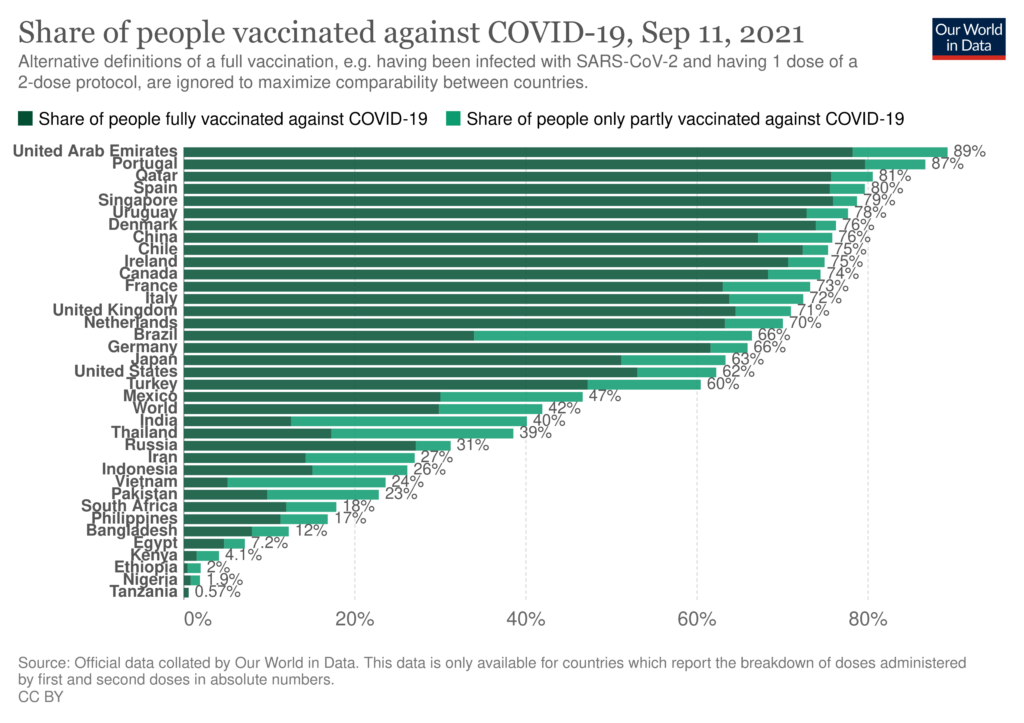
However, a lot of people aren’t vaccinated. Either because it’s a personal choice, by necessity or because they do not have access to (affordable) vaccines. Even in a developed country like The Netherlands, currently only 70% of the population is fully vaccinated. This is potentially a problem when you want to open up society again and ease corona restrictions as much as possible. The fact that fully vaccinated people can still infect others doesn’t help either.
To get around this issue, the Dutch government requires proof of vaccination in some situations. People visiting restaurants, theatres and cinemas need to show the Coronacheck app on their mobile before they can get in. The app shows if someone is fully vaccinated or has a recent negative test result. If people don’t want to use the app, they can print a QR code that basically works the same. People that didn’t take the vaccine, need to make an appointment to get a test to see if they’re carrying the virus. The test result has a 24 hour validity.
Wait a second…
Back in May, the Dutch government announced that businesses “may choose to use corona virus entry passes“. Lifting the basic restrictions and removing the entry pass system would be possible “when the number of infections and hospital admissions allow“. Now, the policy changed to mandatory checks. The government expresses the hope that the mandatory checks can be lifted by November 1. This is strange, because Hugo de Jonge, Dutch minister for Health previously expressed concerns that mandatory vaccination checks would put pressure on people to get vaccinated. It’s currently unclear what conditions should be met for the mandatory checks to be lifted.
Governments discuss these corona passports the world over. In Italy, you need one to get into your place of work from October. Other countries are likely to follow this example but I have a number of concerns. A few days ago I logged in and was ready to print my QR code but I couldn’t do it. Let me explain why.
Medical pariahs
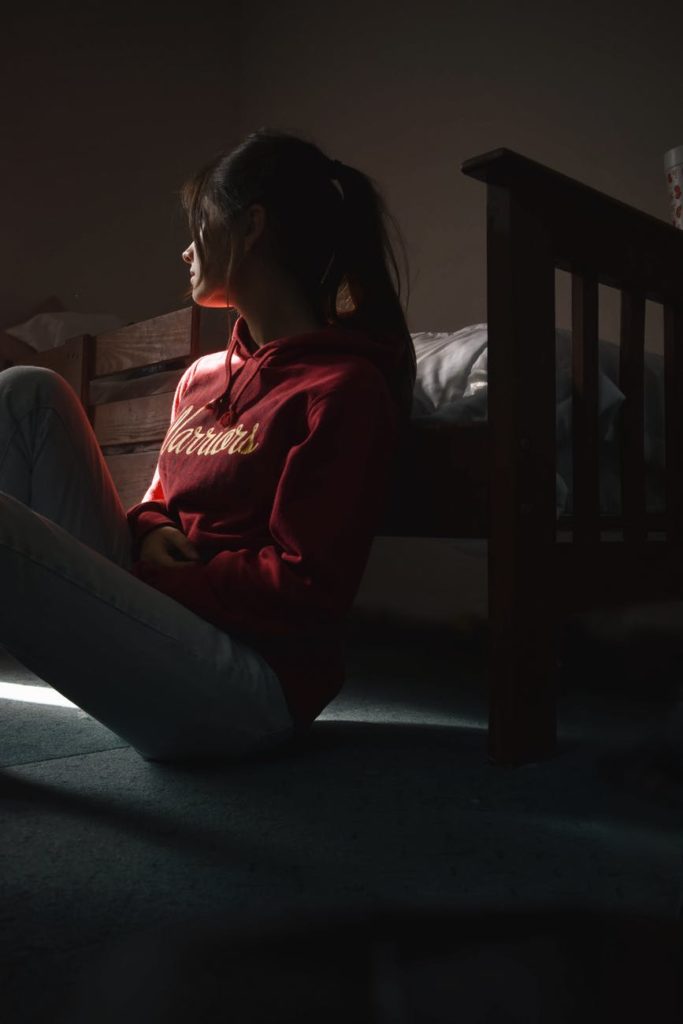
(Photo by Sofia Alejandra on Pexels.com)
As mentioned above, here in The Netherlands about 70% of the eligible population is fully vaccinated. The other 30% are not vaccinated or can’t get a QR code for a variety of reasons. From September 25, they can’t go for a cup of coffee, go out for lunch or catch a film. About 2 million adults and about 2,5 million youths above the age of 12 are not (fully) vaccinated. There are also 1 million elderly people who don’t have a smart phone and don’t know what a QR code is. It’s rare but some people can’t be vaccinated because they are allergic to the vaccines. And finally, tens of thousands of people didn’t get registered properly with the authorities when they got their vaccination so they also can’t get a QR code. All in all some 4,5 million people can’t get a green check mark when checked for entry. With a population of 17 million, that’s a sizeable minority who are reduced to pariah status. These same people can go out now but not after September 25.
How long is temporary?
Of course the Corona pass is a temporary measure, the government says. The government hopes to stop using them in November of 2021. However, there is no objective set of conditions that has to be met before the pass disappears. Is it the number of daily infections? The number of people in hospital? The number of people in ICU? Your guess is as good as mine. But a population under such measures should not be left guessing. Without an objective set of verifiable criteria, there’s no telling when the pass could disappear. In effect, this decree can be extended without limit.
Effectiveness of the corona virus entry pass
When a democratic government chooses to restrict the movement of people, it should have compelling arguments to do so and it should be transparent about these arguments. Unfortunately, the Dutch government hasn’t provided a compelling argument for the effectiveness of the corona virus entry pass at preventing the virus from spreading. All it does, is offer vague statements that the pass offers a substantial contribution to reducing the spread of the virus. But it never says how implementing the pass prevents the virus from spreading or how substantial this contribution is.
It’s also unclear why the International Certificate of Vaccination or Prophylaxis (the yellow booklet) can’t be used to prove your vaccination status. If the goal is checking the vaccination status of guests, surely that is enough. An extra advantage of the yellow booklet is that you don’t need to set up an infrastructure to use it.
A little digging reveals that the idea for a corona pass isn’t based on virology, epidemiology or health care at all. It’s purely an economic measure, thought of by consultants from KPMG. The idea is that people who are “safe” can go back to cafes, restaurants, etc. So that’s why there are no effectiveness measures: the pass is not designed for effectiveness! You can find the report here.
Proportional
The government argues that the implementation of the mandatory pass is proportional because it is only a temporary measure. But as we’ve seen, there’s no way to know how long “temporary” may be. There’s no way of knowing how effective the pass is either. So calling it proportional just because it is temporary is a bit of a stretch. Would it be proportional to bring back torture if we restricted its use to only one day? Temporary measures are extended quite a lot during this pandemic. And with the effectiveness of the vaccine seemingly wearing off after 6 months, the temporary nature of the pass seems even more questionable.
A false dichotomy
The Dutch government states that we have two choices: either we implement the corona pass or we have to keep the economy under a strict lockdown. However, that’s a false dichotomy. We have no idea how effective or ineffective this measure is and we also have no idea what the possible alternatives are. What scenarios did they discuss and why did they reject these alternatives? Our economy is already a lot more open than it was during lockdown. Wouldn’t other measures be just as if not more effective?
Surveillance infrastructure
Back in April 2020, when the Covid-19 pandemic was in full swing, Apple and Google announced an unexpected partnership. Both tech giants implemented Bluetooth proximity warning in their respective operating systems, enabling contact tracing through mobile phones. Suddenly governments the world over had the ability to implement this kind of large scale contact tracing. Both Google and Apple say their technology doesn’t violate user privacy. Perhaps it does not.
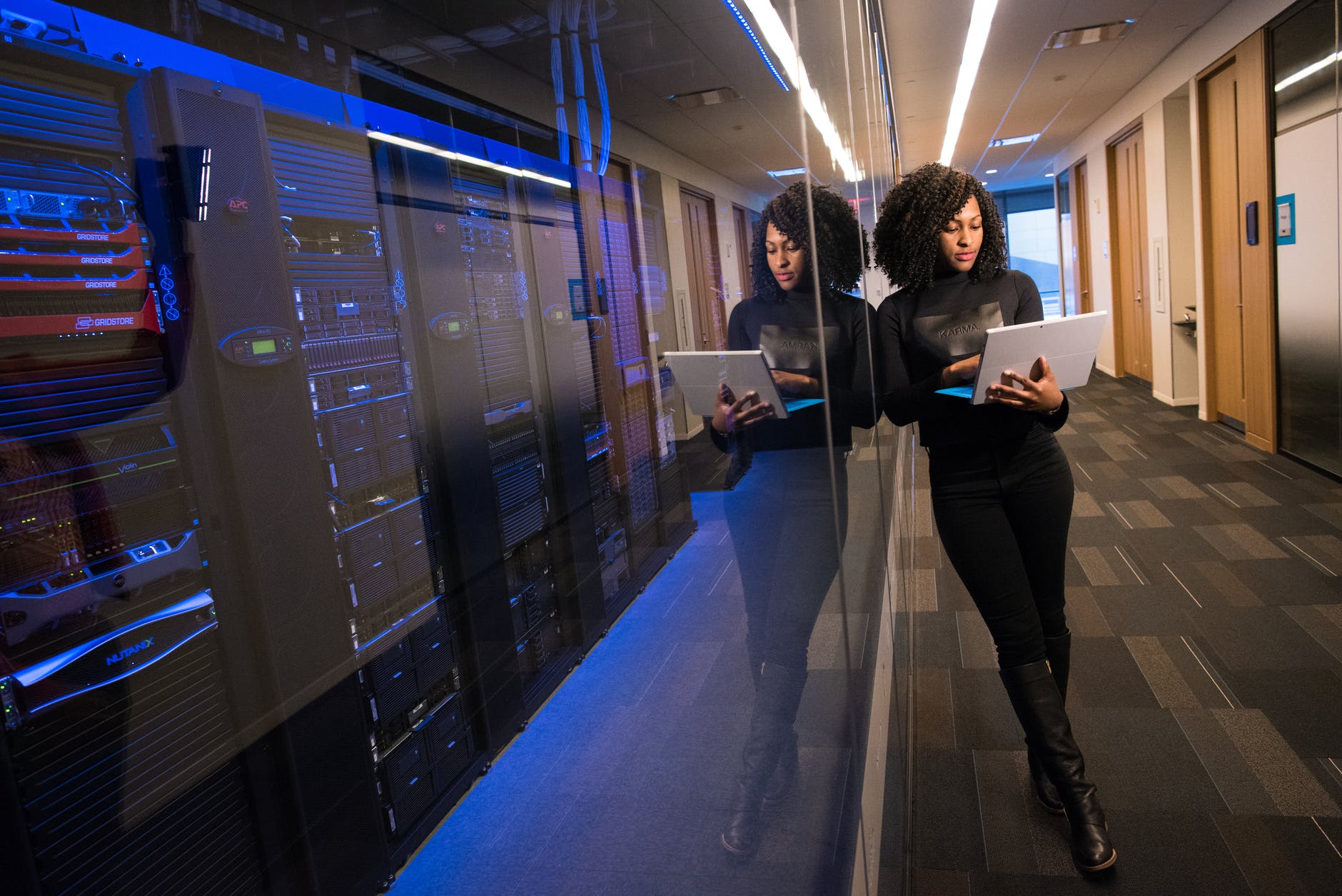
(Photo by Christina Morillo on Pexels.com)
Be that as it may, governments and Big Tech built a surveillance infrastructure together. At the same time, both governments and Big Tech have repeatedly shown they are either don’t know how to keep our data safe or actively use it for things we did not consent to. Where is the oversight? How long will these infrastructures exist? When will be dismantling them again? Under what conditions? These are very important questions but right now, we don’t seem to have an answer for them.
The role of Big Tech and Big Pharma
Big Tech now informs important policy decisions by supplying governments with information related to people’s location, medical information and health care. Do we really want the likes of Google or Apple playing such an important part in this? Aren’t these companies powerful enough as is? And again, where is the oversight in all this?
Then there’s the role of Big Pharma. Yes, they delivered important vaccines in record time. At the same time, they make incredible profits from these vaccines, lobbying governments to protect their intellectual property and profits. This drives up the price of vaccinating people unnecessarily. Even worse, public funding paid for the vaccine development in the first place! The ethical concerns of this couldn’t be more clear. Especially since Big Pharma wants to enforce vaccine patents, even for the poorest nations. When poor nations don’t have access to affordable vaccines, the risk of mutated strains of Covid-19 remains high. A cynical person could argue that this serves Big Pharma just fine because new strains mean even higher demand for vaccines and higher profits. Shouldn’t vaccines developed with public funding belong in the public domain?
Deeply concerned
I’m not a conspiracy thinker. I am also fully vaccinated. But I am also a highly sceptical individual. I’m very aware of how precious our freedoms are and how quickly we are tempted to give them up in return for a bit of safety. Or the illusion thereof. Who ever isn’t at least a little bit concerned about these developments, is either incredibly naive or hasn’t given this enough thought. Dutch people often say “I have nothing to hide”. I disagree with this statement on a number of levels. But true or not, we have to make sure that “nothing to hide” doesn’t become “nothing left to hide”. I wrote before that the pandemic was both a nightmare but also a chance at a better world, a world less divided, cleaner and fairer. I hope I wasn’t wrong.
